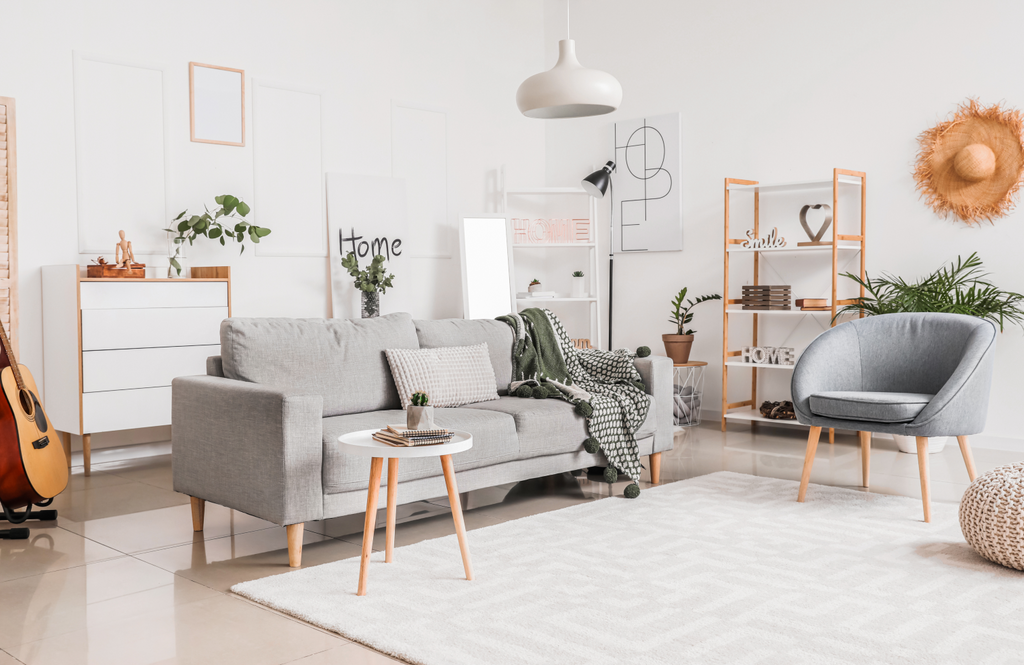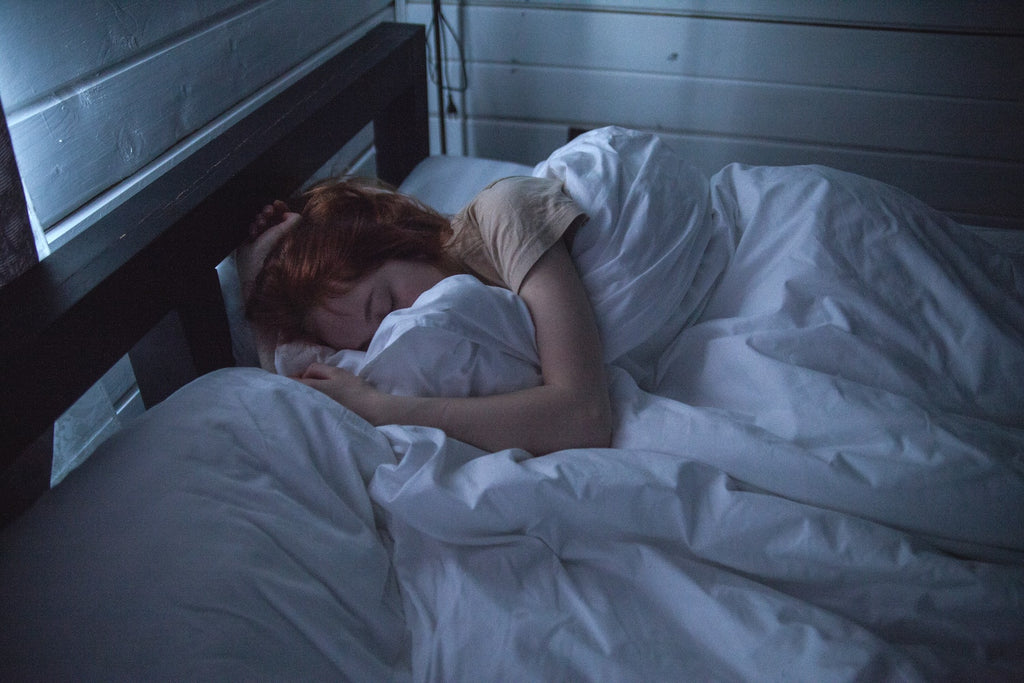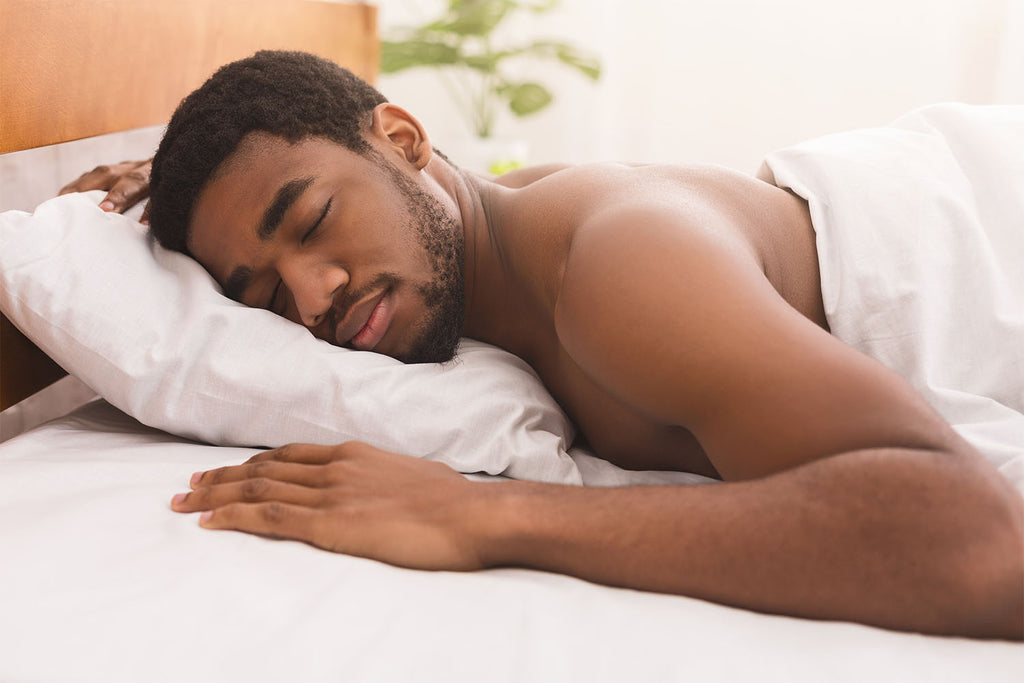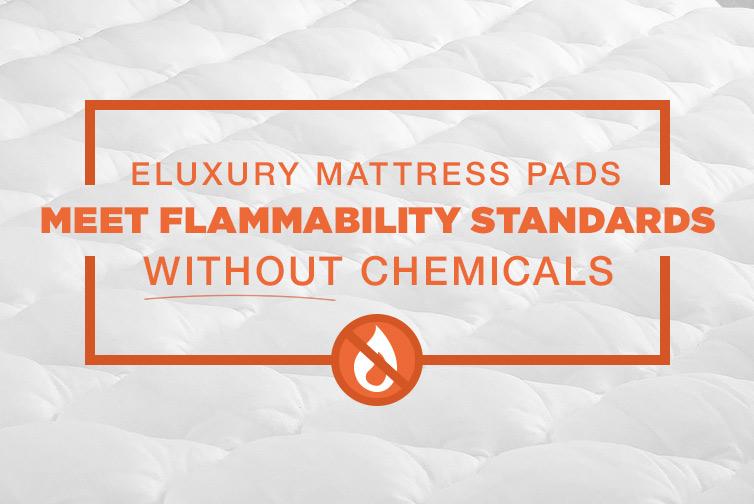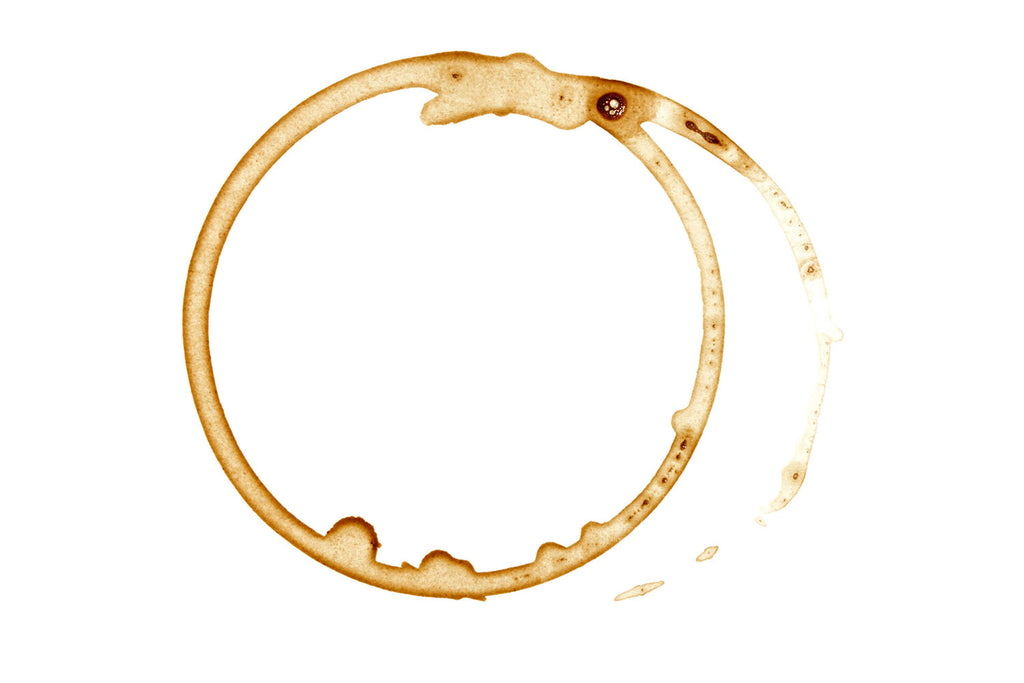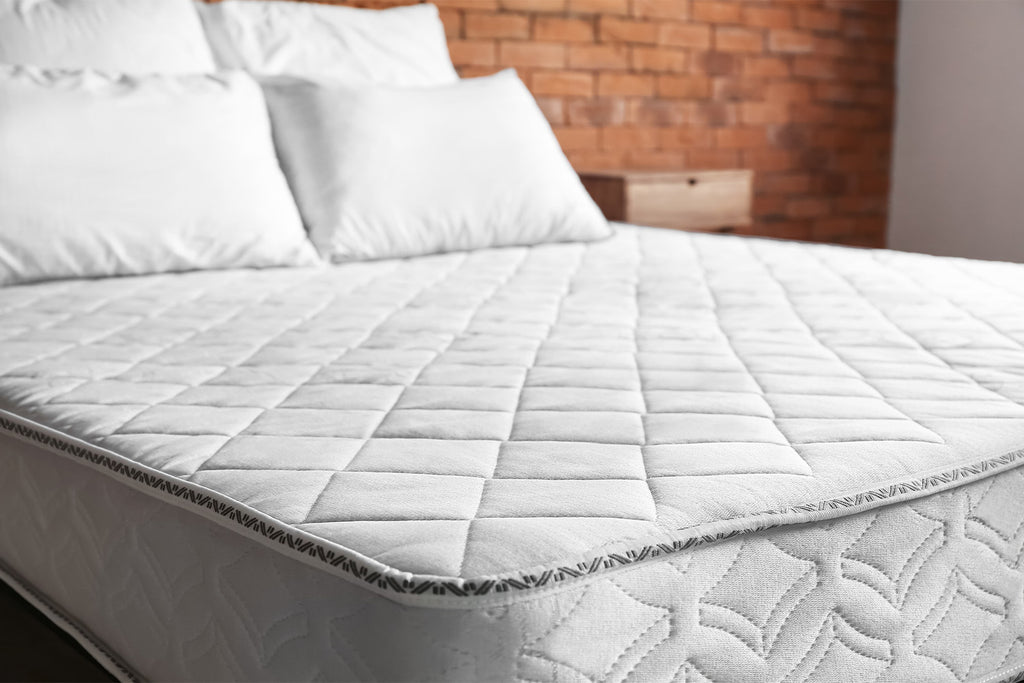
What Is a Mattress Encasement?

Your mattress is more than likely one of those incredibly important pieces of your home that you sometimes take for granted. It’s super easy to forget all about your mattress and not take care of it, even though you spend seven or eight hours on it every single day.
If you’re thinking about trying to take better care of your mattress, you may have heard of something called a “mattress encasement.” But what even is a mattress encasement? Does it really do anything to take care of your mattress? Is it worth it?
Today, we’re going to answer all of those questions and more. By the end, you’ll be ready to take better care of your mattress so that it can last you for years to come.
The Wear and Tear of a Mattress
As you know, your mattress gets a lot of use night after night. You spend hours upon hours sleeping, tossing, turning, relaxing, and more on your bed. All of that activity, no matter how passive it is, is going to cause some wear and tear on your mattress.
Dirt and Grime
Most of us probably have fitted sheets on our beds. On top of being comfortable, sheets help to keep our mattress clean so that it doesn’t get damaged, but there’s a lot of stuff to keep out, and your sheets simply can’t keep it all from breaking through.
One of the biggest culprits of getting your mattress dirty is dead skin cells and hair. Believe it or not, your body sheds about 500 million skin cells each and every day. This means that you probably shed around 166 million skin cells into your PJs, sheets, and mattress every single night.
That’s on top of the inevitable dust and dirt that get into your bed from your clothes and skin. All in all, your mattress can get pretty dirty quickly if you don’t take care of it.
This might not seem like a big deal. You might be tempted to think that if you wash your sheets regularly, then it won’t be a problem. But again, dirt and dead skin get through your sheets. If you don’t keep your mattress clean, you can lose years of your mattress’s life.
Allergens
On top of all of the skin cells, there are also plenty of allergens that might want to make their home in the soft cushioning of your mattress. The two big culprits here are dust mites and pet dander.
Dust mites are tiny, microscopic organisms that live in dust. They feed on dead skin cells and like warm environments, so you might have a few of these guys living in your mattress. About six percent of Americans have a dust mite allergy, so this can be a problem for many people.
Of course, if you have pets, you have to worry about pet dander getting into your mattress. This can also wear down your mattress faster than normal.
How To Clean a Mattress
With all of that stuff posing a threat to the cleanliness of your mattress, you’re probably wondering what you can do to clean your mattress so that it’s sanitary and it lasts as long as possible.
Here’s what to do:
1. Wash Your Bedding
First things first, you need to wash all your bedding. Sheets, pillowcases, blankets, comforters, duvets, and even your pillows themselves ought to be cleaned before you clean your mattress. If you don’t follow this step, you’ll just be dirtying your mattress right away again with dirty bedding.
On top of that, to keep your mattress clean throughout the year, you’ll want to wash your bedsheets about once a week.
2. Thoroughly Vacuum Your Mattress
Next, grab your vacuum, attach the upholstery attachment if it comes with one, and get to work. If you don’t have an upholstery attachment, you can use the attachment with a brush or bristles to really get in there.
Vacuum every part of your mattress, from the creases in the upholstery to the sides and even the underside of the mattress. This will remove a ton of dirt and debris before you go in for the deep cleaning.
3. Spot Clean Any Stains
You might be surprised to find a stain or two on your mattress. Before you move forward, it’s time to get those stains out, and you’ve got to be careful with how you go about doing that.
Grab a clean cloth and put some spot-cleaning solution on the cloth. Do not apply the solution straight to the mattress. Otherwise, it will soak in and be very difficult to dry out. Lastly, blot the stained area with the solution-soaked rag.
Get a clean cloth soaked with cold water and blot the same spot to take out the cleaning solution and stain. Repeat these steps as necessary until the stain is gone. Use as little solution and water as possible, and don’t soak the mattress. Once that’s done, allow the mattress to dry.
4. Cover With Baking Soda
After the mattress dries, break out the baking soda and apply a thin layer of it across the entire surface of the mattress. It might be a lot of baking soda, but it’s worth it.
Baking soda serves multiple purposes here. First, it’s going to help the mattress dry. More importantly, it’s going to help neutralize any odors on the mattress. It’ll help to kill much of the bacteria.
It’s best to open some windows for better airflow and give the mattress some direct sunlight during this step. Once the baking soda is applied, leave it on the mattress for a few hours.
5. Vacuum Again
After a few hours is up, grab your vacuum and vacuum up all of the baking soda. Your mattress should be nice and clean and not have any bad smells in it at all. In some cases, you might need to apply another layer of baking soda and let it rest for another few hours, but that’s pretty rare.
After that’s done, flip the mattress and repeat all these steps on the other side of the mattress. You won’t find as many stains on this side of the mattress, but the underside of the bed will likely have lots of dust on it.
6. Flip Your Mattress
Once both sides of your mattress are clean, it’s time to put your mattress back in place and get it ready for sleeping. To do this, you’ll need to reorient your mattress in a different way than it was before so that your mattress wears evenly. This will help to keep your bed comfortable and keep it from developing sagging spots.
If you have a memory foam mattress or an innerspring mattress that is the same on each side, flip the mattress upside down and turn it 180 degrees. Then put your bedding back on. If you have a hybrid mattress or another type of one-sided mattress, don’t flip it upside down, but turn it 180 degrees.
To keep your mattress healthy and clean, you should clean it about every six months or so, depending on how often the mattress is used.
What Is a Mattress Encasement?
All that cleaning is incredibly important, and you should definitely be cleaning your mattress and bedding regularly to give yourself a nice, sanitary surface to be sleeping on. But if you want to make sure your mattress is extra clean, you might want to consider a waterproof mattress encasement.
A mattress encasement is another layer of protection that lies between your bedsheets and your mattress. But unlike other mattress protectors, a mattress encasement completely covers your entire mattress: the top, sides, and underside.
What Are the Benefits?
For starters, encasements just add another layer of protection to your mattress. They’ll catch some of the dirt, skin cells, and other things and keep them from getting into your mattress. You can then regularly remove the encasement and wash it to keep it extra clean.
But modern mattress encasements are also made with unique waterproof fabric. That means that your mattress will also be protected from spills and even stains. It’s a fantastic way to keep your mattress super safe and clean for the long haul.
Is It Comfortable?
Lots of people are pretty hesitant at first when they hear about a mattress encasement or mattress protector. You might get flashbacks to those times as a child when your parents would put those uncomfortable, plasticky mattress protectors on your mattress because you kept wetting the bed.
Luckily, we’ve made so many strides in mattress protector technology since then. Now, we’re able to make waterproof fabric that keeps your mattress safe and dry night after night but doesn’t compromise anything when it comes to comfort.
In fact, many people enjoy having the extra layer of fabric and padding underneath them each night. These fabrics are soft, cool, and comfortable.
Is It Really Waterproof?
Believe it or not, mattress encasements like ours are as waterproof as you can get. Lots of people have a hard time believing that fabric can be waterproof, but an even harder time believing that zippers and seals can be waterproof.
In reality, not only is the fabric waterproof, but the zipper seams are covered with a unique V-lock velcro system to keep everything out of the zippers and your mattress. It truly is the ultimate mattress encasement that won’t let anything pass through.
Are There Other Ways To Protect Your Mattress?
Mattress encasements are one of the best ways to keep your mattress protected and clean since they cover your entire mattress. Still, there are several other ways to keep your bed clean if mattress encasements aren’t your style.
Mattress Covers
You might want to opt for a bit simpler option: mattress covers. While encasements cover the entire mattress, top and bottom, with a case that zips up, mattress covers are a tad different. They are shaped a lot like your fitted sheet.
Mattress covers cover the top and sides of your mattress and use an elastic band around the edge to keep the mattress cover tight.
This helps to do the same thing as an encasement, protecting your mattress from dust mites, skin cells, dirt, dander, and more, but it’s a bit easier to remove and doesn’t cover the bottom side of the mattress.
Mattress Pads and Toppers
There are also mattress pads and mattress toppers. Mattress pads and toppers are normally not specifically designed to protect your mattress. Instead, they are either a plush or memory foam pad that you lay on top of your mattress to provide extra cushioning and comfort.
But most of the time, these pads are a few inches thick. So they have the added benefit of helping to keep your mattress clean while also giving you one of the most comfortable nights of sleep of your life.
Mattress pads are far easier to remove and clean than mattresses are, so this might be a welcome option for you if you’re trying to make your mattress more comfortable while also trying to keep it clean.
Protect That Mattress
Now you know everything you need to know about protecting your mattress and the various ways you can do that. With so many options out there, you can find a way to protect the mattress that is perfect for you, so use this new knowledge and go keep that mattress clean for the long haul.
Sources:
Allergy to Dust Mites | Allergy & Asthma Network
